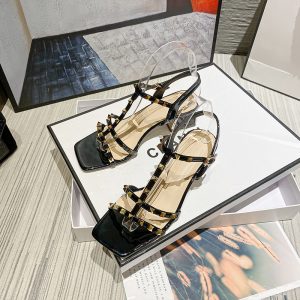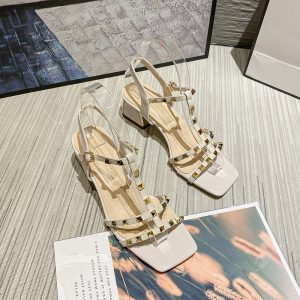When choosing a brand of leather sandals, consumers have to look at it, touch it twice, and try it three times, that is, seeing, touching, and feet testing. Specifically, you can choose according to the following methods:
First check the upper and the inside of the shoe. First, check whether the upper materials meet the requirements. Common leather materials include cow leather, pig leather, and sheep leather. The surface of cowhide should be smooth, fine particles, and high strength; artificial leather (imitation leather, synthetic leather, etc.) should be smooth. High-quality shoe leather is fine and bright, with no color difference in the main parts, no disability, no loose skin on the back of the finger, no peeling off or cracking of the coating layer, and the inner material of the shoe should also be natural leather.
Next, check the soles. The sole materials mainly include rubber plastic, rubber composite materials, polyurethane (PU), natural leather, etc. Generally check whether the sole is flat and the pattern is clear. Press the sole with your nail lightly. The sole of good quality is elastic, soft and hard, and does not peel off. If it peels off, is hard, and has no elasticity, this type of shoe sole has low rubber content, is not durable, and is easy to break.
Then check the heel, the heel should be installed firmly, there should be no deformation or looseness when breaking by hand, and the heel should be flat. The shoes can be placed flat on the counter. Good quality shoes should be stable. The palm surface of the heel should be in contact with the countertop, and the heel of the same pair of shoes should be the same height.
Also check the shank. The shank is a key part that is installed between the outsole and the inner midsole of the leather shoe to support and shape the shape. Place the shoe flat on a solid table and press the shank hard. The qualified shoe should not be soft or deformed.
Also check the main heel and header. The main heel is the key component of the rear upper and is installed between the upper and the inner of the shoe; the toe cap is the component of the toe, and it is installed between the front upper and the upper. Fingers can be used to press (lift) the main heel and toe cap during inspection, and high-quality shoes should be able to withstand pressing. Reach into the shoe to check whether the installation position is correct. If you can directly touch the main heel and toe cap materials, it means that the process is unreasonable.



















